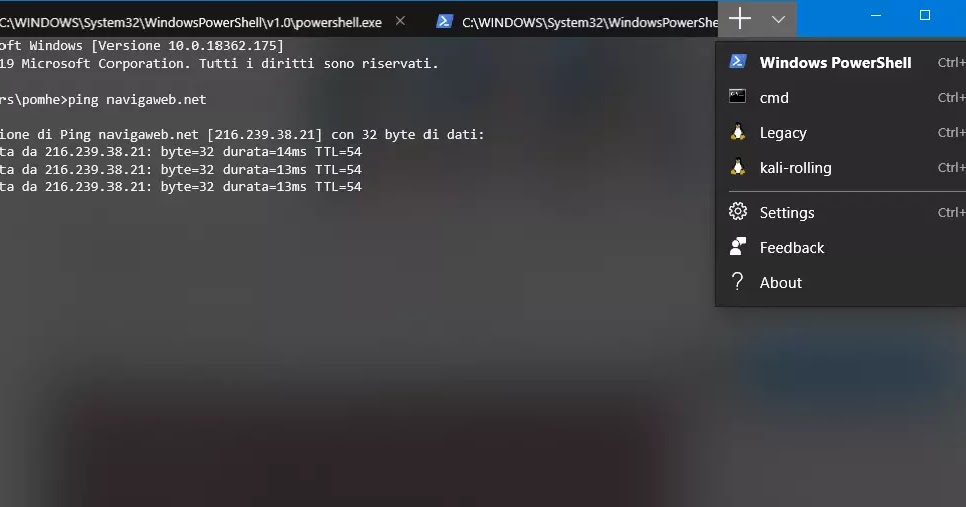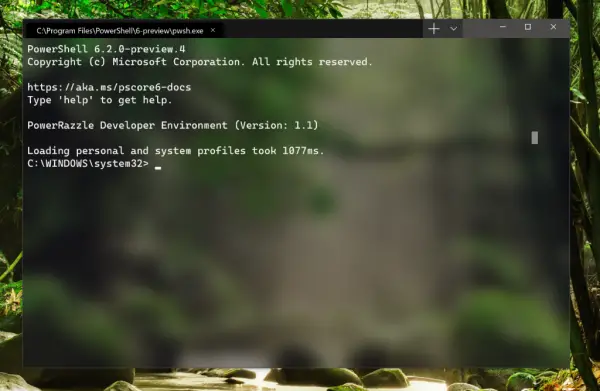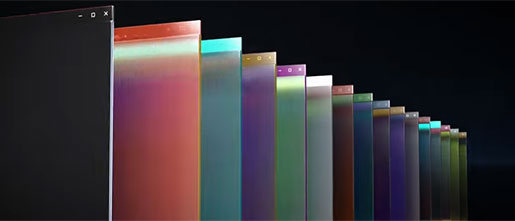

A terminal window should appear with something like (base) D:\Desktop>. Download proper installer and install miniconda (when in doubt, choose the recommended options).Here's a super-short miniconda quickstart You can still download some packages using conda, but probably you won't have to if you are just starting and using some common ones. anaconda is similar to miniconda, but the collection of the pre-installed packages is much bigger.If you want to have other packages, you'll need to download them individually with conda To make it as small as possible, it contains only conda + its dependencies. miniconda is already pre-built and pre-configured collection of the packages.It facilitates installation & management of different packages Something like apt-get, chocolatey or brand new winget. conda is just a package management system.When you'll start looking for some "conda installation guide" you'll immediately face the problem of those 3.

What makes it even better is its popularity and community support. Creators of conda have already solved the problem! It enables you to do the exact things described above - create individual, isolated environments with different packages or even whole different Python interpreters.

Sounds nice, isn't it?įortunately, you don't have to create some fancy bash/PowerShell scripts by hand to do this. Then you can just switch/activate one of them when you need it. For example you can have an "Convolutional Neural Networks Environment" with a Tensorflow + OpenCV and "Data Analysis Environment" with Pandas + Matplotlib. With such an approach you can just switch between different 'environments' when you need it. Probably on of the first solutions which comes to mind is having some sort of 'environments' for different modules/interpreters. Not to search very far, some projects still require Python 2.X to run, while the other work only with Python 3.X. If you like this article, please share, subscribe or you can follow our Facebook Page and Twitter.If you code in Python you've probably encountered the problem of different dependencies required in different projects. Add-AppxPackage -path Īdd-AppxPackage -path C:\Install\Microsoft.WindowsTerminal_.0_8wekyb3d8bbwe.msixbundleįor your information, if you install Windows Terminal manually like this, it will not automatically update itself. Now you can run the following PowerShell command to add the MSIX Bundle and install the Windows Terminal on Windows Server 2022. Invoke-WebRequest -Uri Install Windows Terminal On Windows Server 2022


 0 kommentar(er)
0 kommentar(er)
